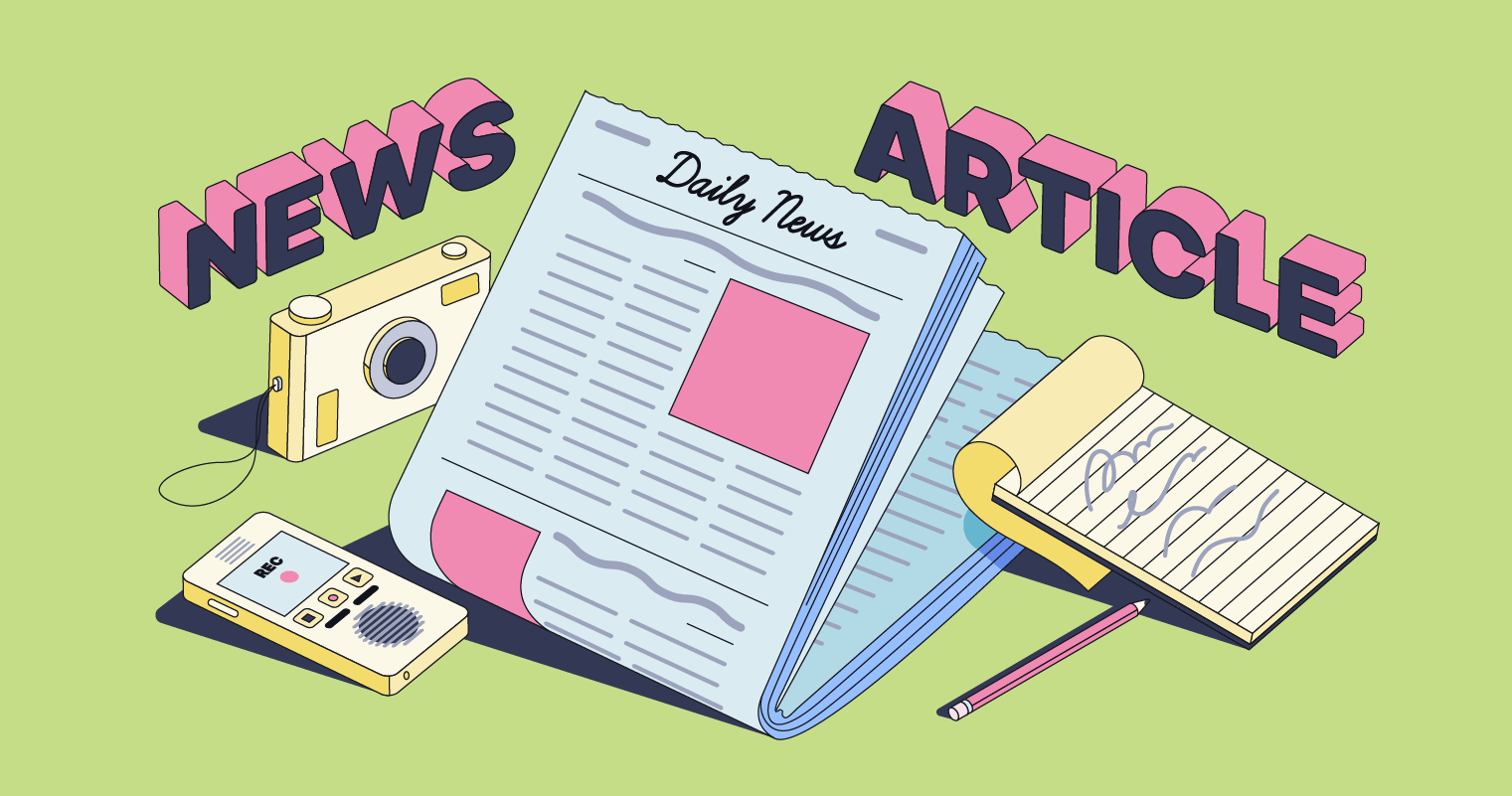Some Ideas on News Articles You Need To Know
Some Ideas on News Articles You Need To Know
Blog Article
News Articles for Beginners
Table of ContentsGetting The News Articles To WorkThe Only Guide to News ArticlesThe Ultimate Guide To News ArticlesNews Articles - QuestionsThe Ultimate Guide To News Articles
Good expertise of different topics gives students a competitive edge over their peers. Despite the fact that electronic and social networks are readily obtainable, we ought to not neglect exactly how essential it is to read the newspapers. Moms and dads have to try and inculcate the habit of checking out a paper as an everyday regimen to proceed the heritage of the adored print medium.Information stories likewise contain at the very least one of the following crucial qualities about the intended audience: closeness, prominence, timeliness, human passion, oddity, or effect. The relevant term journalese is often made use of, typically pejoratively, to refer to news-style writing. An additional is headlinese. Newspapers normally follow an expository writing style.
Within these limitations, news stories also aim to be extensive. Other aspects are entailed, some stylistic and some obtained from the media kind. Amongst the bigger and a lot more highly regarded newspapers, fairness and balance is a significant element in offering details. Discourse is typically confined to a different section, though each paper may have a different total angle.
Newspapers with a worldwide audience, for instance, tend to make use of a more formal design of writing. News Articles.; typical style guides include the and the US Information Style Book.
Get This Report about News Articles
As a rule, reporters will not use a long word when a brief one will do. Information writers attempt to avoid making use of the same word more than as soon as in a paragraph (often called an "resemble" or "word mirror").
Headings sometimes leave out the subject (e.g., "Leaps From Boat, Catches in Wheel") or verb (e.g., "Feline female lucky"). A subhead (likewise subhed, sub-headline, subheading, caption, deck or dek) can be either a subservient title under the major heading, or the heading of a subsection of the short article. It is a heading that comes before the major text, or a group of paragraphs of the main text.

of a post subject, source, or interviewee), it is referred to as a pulled quotation or pull quote. Extra signboards of any of these types might show up later in the article (particularly on succeeding web pages) to entice additional reading. Journalistic web sites occasionally utilize computer animation techniques to exchange one signboard for one more (e.g.
What Does News Articles Mean?
Such signboards are additionally utilized as tips to the write-up in various other areas of the magazine or website, or as advertisements for the piece in various other publication or websites. Press launch of the Swiss federal government. Regular structure with title, lead paragraph (summary in vibrant), various other paragraphs (information) and contact details.

Example of a hard-lead paragraph NASA is suggesting another space job. The budget a fantastic read demands around $10 billion for the project.
The NASA news came as the company asked for $10 billion of appropriations for the project. An "off-lead" is the second essential front page news of the day. The off-lead shows up either in the leading left edge, or directly listed below the lead on the right. To "hide the lead" is to begin the write-up with history details or details of secondary relevance to the viewers, requiring them to check out even more deeply into an article than they need to need to in order to find the necessary points.
More About News Articles
Common use is that a person or two sentences each form their very own paragraph. Reporters typically describe the organization or framework of a newspaper article as an upside down pyramid. The necessary and most fascinating aspects of a story are put at the beginning, with supporting details adhering to in order of reducing importance.
It allows individuals to discover a subject to only the depth that their interest takes them, and without the charge of details or nuances that they can consider unnecessary, yet still making that details offered to a lot more interested readers. The inverted pyramid structure additionally enables write-ups to be trimmed to any kind of arbitrary length during layout, to suit the area readily available.
Some writers begin their tales with the "1-2-3 lead", yet there are many type of lead offered. This style inevitably begins with a "Five Ws" opening up paragraph (as defined above), complied with by an indirect quote that serves to sustain a significant element of the initial paragraph, and after that a straight quote to sustain the indirect quote. [] A twist can describe multiple points: The last tale current program; a "happy" tale to finish the program.
Longer short articles, such as magazine cover write-ups and the items that lead the i loved this inside sections of a paper, are understood as. Feature stories vary from straight information in several means. Foremost is the lack of a straight-news lead, most of the moment. As opposed to using the essence of a tale up front, attribute authors may try to entice readers in.
Not known Factual Statements About News Articles
An attribute's initial paragraphs frequently associate an intriguing moment or event, as in an "unscientific lead". From the particulars of an individual or episode, its view rapidly widens to abstract principles about the story's topic.

The Editor's Toolbox: A Reference Guide for Beginners and Professionals (2001) Allan M. Siegal and William G. Connolly. The New York City Times Guidebook of Design and Use: The Official Website Style Overview Used by the Writers and Editors of the World's Many Authoritative Paper (2002) M. L. Stein, Susan Paterno, and R.
Report this page